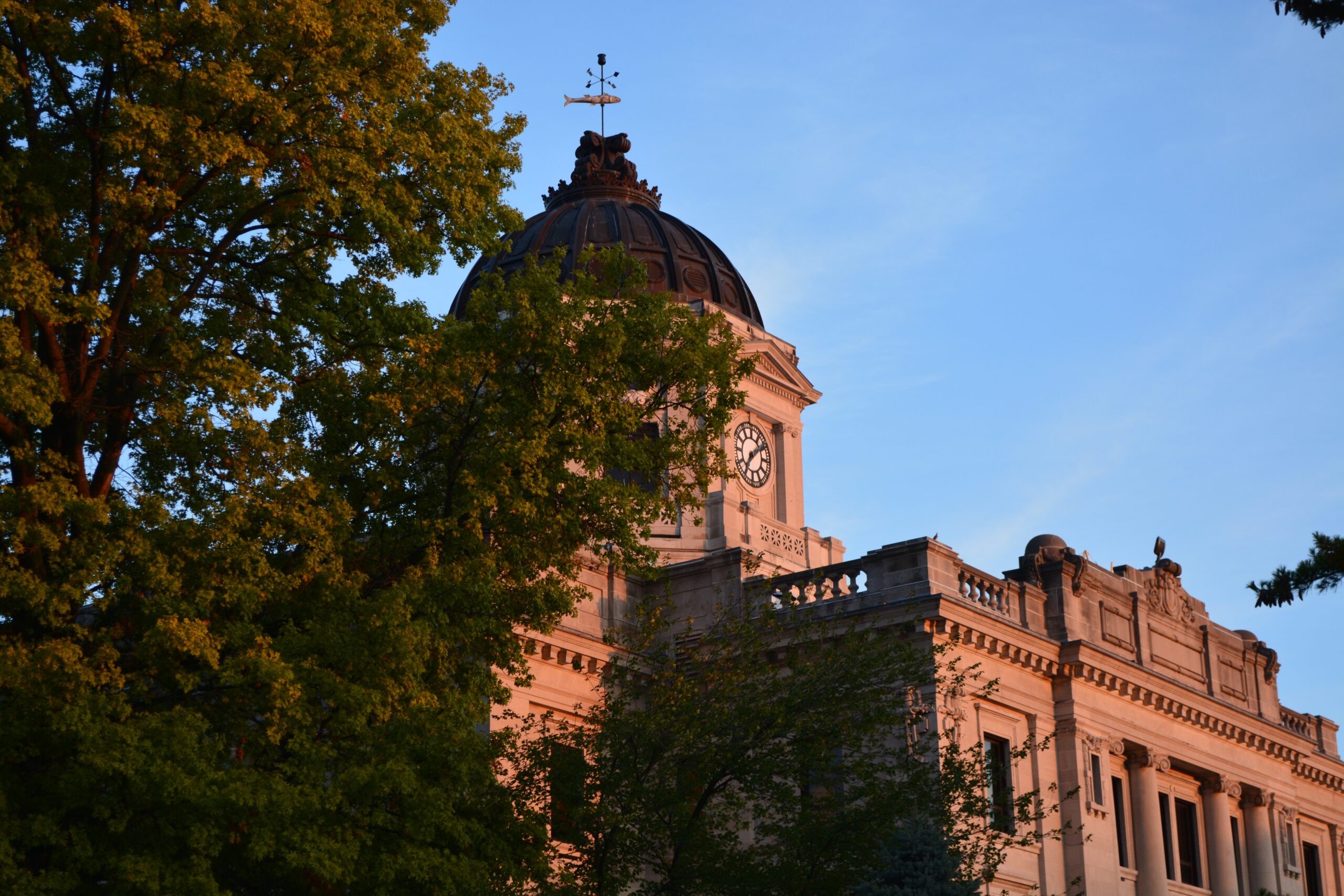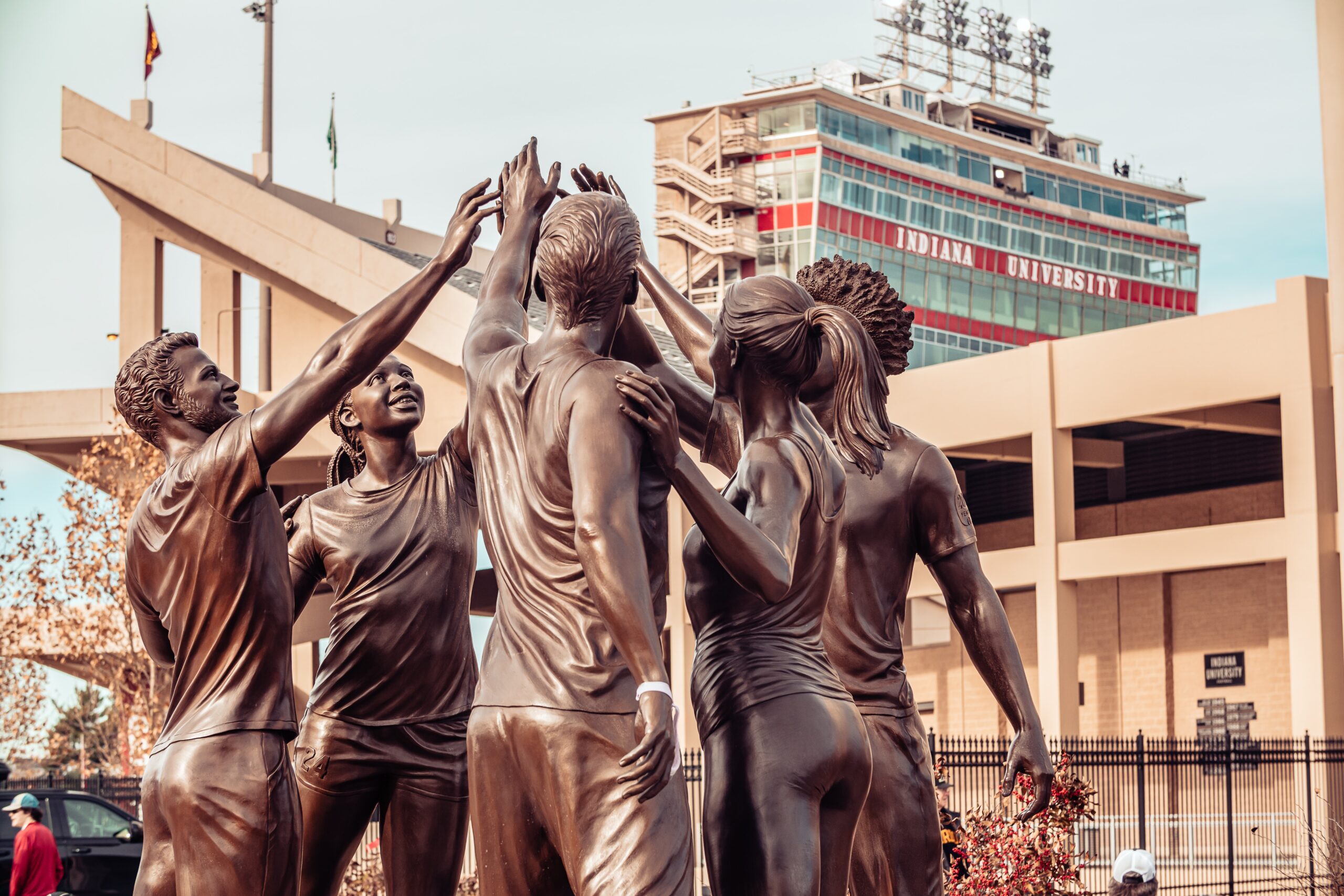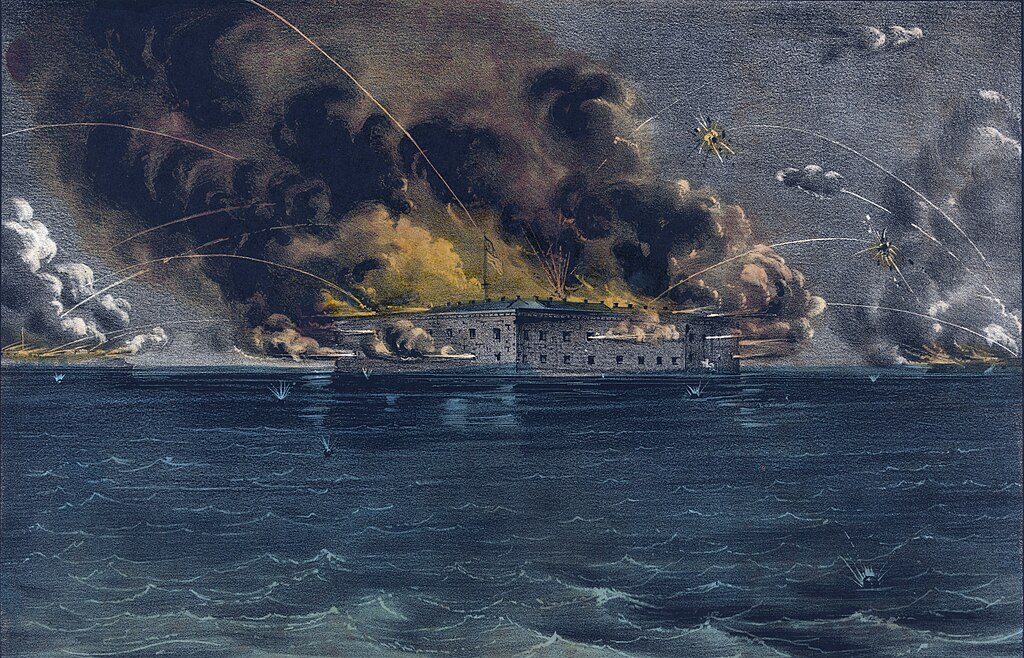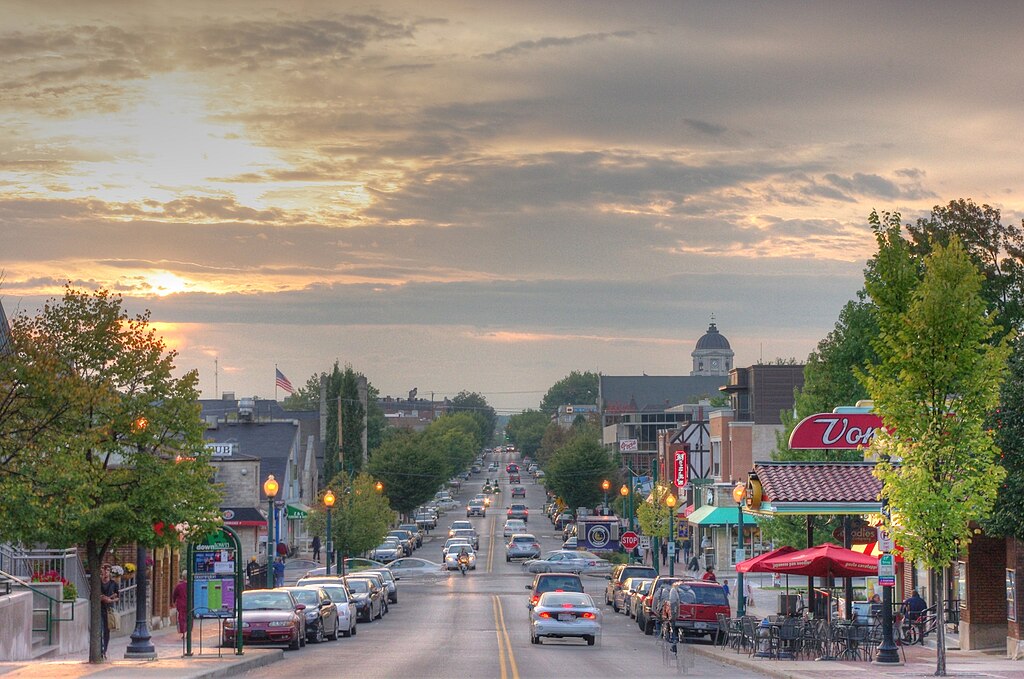Located 50 miles Southwest of Indianapolis in Monroe County is the Indiana City of Bloomington, with an estimated population of 80,303 as of the 2023 census. It ranked as the 443rd enormous city in the country and the seventh biggest in Indiana. It is considered one of the best locations to live because residents of Bloomington can experience a blend of Urban and Suburban life. It has a geographic elevation of 797 feet (243 meters) above sea level at 40°29’03″N88°59’37” W.
Bloomington is the home of the famous Indiana University, eminent for its limestone structures, and home to one of the oldest and largest state Universities in America. Bloomington is home to many parks, museums, and unique architecture. It is a mixture of diverse ethnicity composed of 81.14% white, 9.9% Asian, and 4.44% African- Americans.
In the early years, most people made a living by farming, limestone extraction, and timbering, furniture making, which was one of the major industries in the city.
How It Got Its Name
Bloomington means “Haven of Blooms” and was established as an Indiana City in 1818 by a group of settlers from Kentucky, Tennessee, the Carolinas, and Virginia. Bloomington, the Seat of Monroe County, is also known as the “Gateway to Scenic Southern Indiana”.
Upon arrival at that place, the early settlers were impressed with such an oasis of flowers. Thus, giving it the name Bloomington in 1984, it was recognized by the National Arbor Day Foundation as Indiana’s “First Tree City USA”.
Colonial Period
Between 1630 and 1763, this was a time of settlement and discovery marked by European colonization and expansion into the Americas.
The region entered recorded history in the 1670s when the first Europeans came to Indiana and claimed the territory for the Kingdom of France. Back then, the City of Bloomington was an ancestral homeland inhabited by native Potawatomi and Shawnee people.
Early Settlement
Bloomington became a settlement in 1816 when President James Madison selected the township to be the site of a seminary that would later be known as Indiana University.
When the City of Bloomington was created, there were only 30 families who had taken up residence in the square. An area laid out from what was once a wheat field. The families started putting up stores, taverns, and other businesses around the place. A courthouse was built immediately, followed by the county library in 1821.
The original town stretched four blocks East & West and two blocks North & South of the Square. In its early years, Bloomington was crude, rough, and muddy. However, following its designation as the site of Indiana Seminary, it provided such academic character that has since distinguished Bloomington from the rest of Indiana counties.
By 1823, the population increased to 500, living in log and frame houses scattered around the square.
Victorian Era
In 1854, the New Albany and Salem Railroads pushed tracks through Bloomington. It opened the town to the outside world, inspiring growth in local industries such as hotels giving a more intense and stable appearance in the commercial district. Austin Sward’s smithy expanded into a foundry to produce cast-iron fences, urns, benches, grills, and more. Many Seward iron fences can still be seen in Bloomington City today.
The American Civil War
From 1860 to 1861, at the onset of the American Civil War, Bloomington was divided over the issue of the war. The increasing outcry from its citizens to join the battle and the sudden turn of national events overshadowed the scholarly pursuit of most of its citizens. Students and faculty of Indiana University tried to maintain academic decorum amid the clamor. The conflict engulfed the quiet precincts of Seminary Square and the Bucolic Town of Bloomington.
When the Confederate forces attacked the United States Army post Fort Sumter, Charleston Harbor in April 1861, the citizens of Bloomington burst into outrage to the defense of the Union by joining the US Army. Among those enlisted were some university students who joined forces with Monroe County residents, holding back the Confederate forces from advancing to the North.
Aside from volunteers, Bloomington also provided ammunition cannons and bombshells in the Union Army.
Indiana being the first western state to mobilize for the war, became famous for regiments and its volunteer militia was known as the Indiana Legion.
During the 1870s, African Americans started to relocate to town-owned houses in the neighborhoods between 7th & 10th Streets and Lincoln & Grant Streets.
In the last quarter of the 19th century, Bloomington’s appearance changed. The city was incorporated with the establishment of local banks within the town. Among the early banks include, First National Bank, Workingmen’s Building Loan Fund & Savings Association, and Monroe County Bank.
After the war, a state legislature passed instituting public schools in Bloomington.
Further developments later established the east side of the town as an academic and residential neighborhood, while the west was the sector for industrial growth.
Despite these changes, the enterprising economic leaders quietly laid a firm foundation on which Bloomington would continue to build.
The Renaissance Period
The 20th century turned into a period of growth and prosperity. Peaking from 1907 to 1912, it established the physical character of central Bloomington much as it is today.
The city installed sewers, enlarged the antiquated water system, and paved some 70 blocks of streets & sidewalks with bricks. A city ordinance in 1910 prohibited the free run of chickens on The Square, and a new commercial district, mainly catering to students, grew along Indiana and Kirkwood Avenues. Constructions included a new courthouse, city hall, five churches, two railroad stations, two theaters, a gas and electric plant, a new library, a post office, and McCalla Grade School.
The Great Depression
The Great Depression halted The Limestone Industry and the Showers Company. However, Indiana University remained relatively steady.
Even as Bloomington’s Economy staggered, it did not go down. No bread lines formed and no banks failed. Ironically, with newly available funds from various federal relief programs to augment other revenues, the University underwent something of a building boom. Campus construction during the late 30s included Bryan Hall, Myers Hall, Forest Hall, the Music Building, the Auditorium, and the completion of the Memorial Union.
Post-World War Era
When World War I and II ended, it also brought an end to the old order. Many Businesses grew. Social organizations built their new shops & meeting halls on houses where the earlier generations had once stood. Older neighborhoods filled in as builders snatched up vacant lots. Also, new residential districts spread into the North & South along the Rogers Street axis.
School consolidation became popular in the 1960s. The county now includes the Monroe County Community School Corporation and the Richland-Bean Blossom School Corporation.
Local industries flourished and the quarries yielded three million dollars in limestone annually. Indiana University brought one million dollars into the community each year.
Entrepreneur William Cook and his wife Gayle moved to Bloomington in 1963 and started a medical device company. They grew the business into Cook Inc., which became an international company. Since then, Cook Incorporated has established other companies.
In 1980, the economy geared toward new technology, entrepreneurship, nonprofit service, and governmental employment. Many rising artists and musicians made the quality of life a valued asset.
Fun Facts About Bloomington City
Bloomington is the home of Indiana University, founded in 1820. It is one of the oldest and largest state Universities in America.
Limestone, which is abundant in the field, was used to build 35 out of the 50 state capitals and makes up part of the many famous buildings, including the Empire State Building, the Pentagon, and the Yankee Stadium.
The city was also the location of the Academy Award. In 1979, the movie “Breaking Away”, featured the reenactment of Indiana University’s annual Little 500 bicycle race.
Michael Francis Foley who is an American actor, novelist, and former professional wrestler is a native of Bloomington City.
In conclusion, Bloomington is a cool place to visit whether you’re a fan of the arts, good food, and nature. Aside from being known for its college towns and universities in the country. It is a city with a marvelous history that is worth visiting. The history of Bloomington Indiana is also worth sharing.





